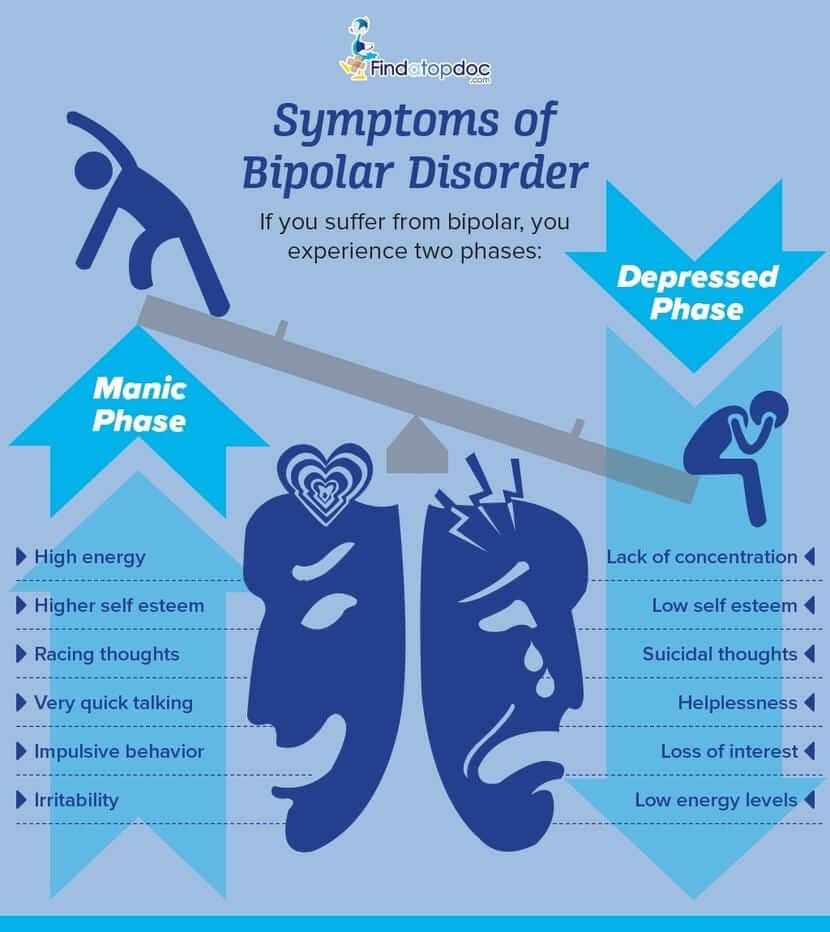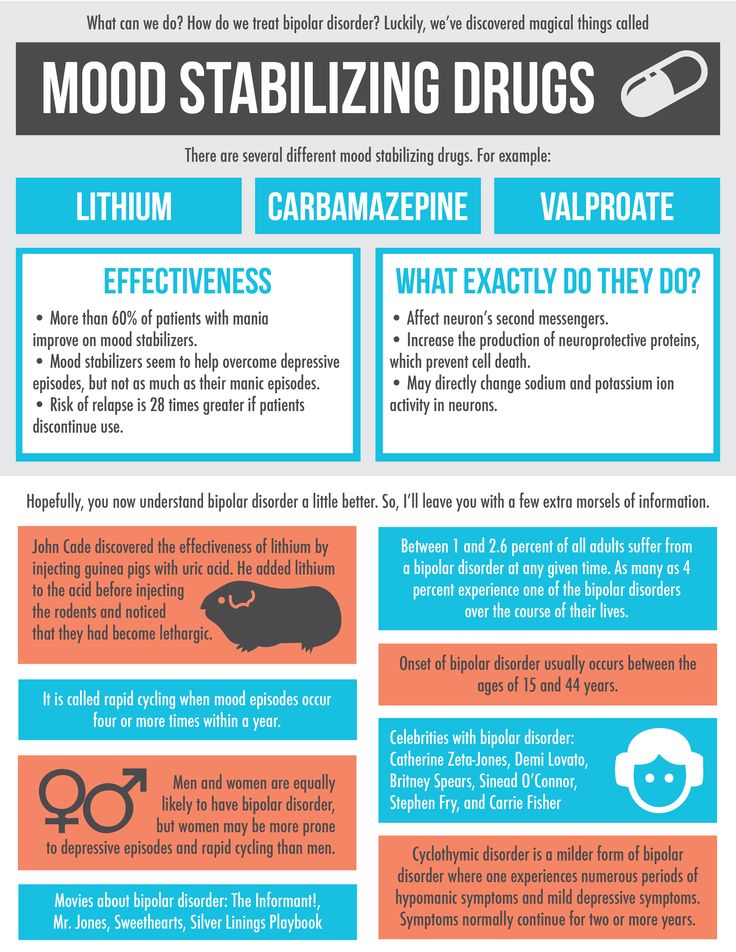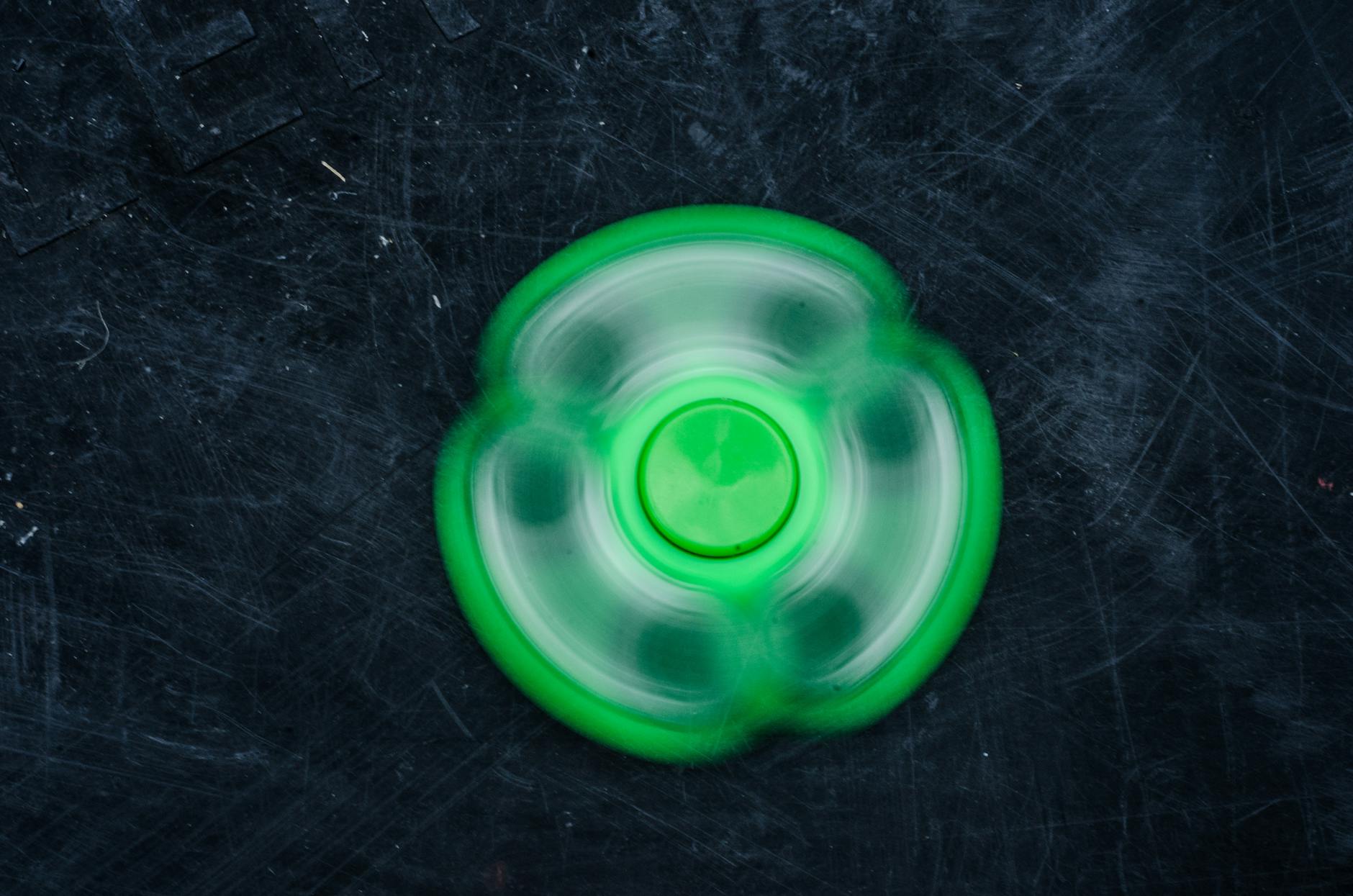Discover the unexpected tools and techniques that can help you beat the bipolar disorder blues and find true happiness.
Table of Contents
- Say Hello to Happiness: Facing Bipolar Disorder
- What is Bipolar Disorder?
- The Ups and Downs
- Daily Life with Bipolar Disorder
- Helpful Heroes: Treating Bipolar Disorder
- When Someone You Know Has Bipolar Disorder
- Food, Fitness, & Feelings
- Riding the Mood Rollercoaster
- Myths vs. Facts: Understanding Bipolar Disorder
- You Ask, We Answer!
- Bringing Our Journey to a Close: What We’ve Learned
Say Hello to Happiness: Facing Bipolar Disorder
Living with bipolar disorder can feel overwhelming, but you are not alone. Understanding your feelings and finding ways to manage them is the key to welcoming happiness back into your life. Let’s dive in and explore how you can navigate the ups and downs of bipolar disorder.
What is Bipolar Disorder?
Bipolar disorder is a condition that can affect how you feel, swinging between extreme highs and lows. Your feelings might be like riding a rollercoaster, but with the right help, you can learn to manage them. The important thing to know is that it’s okay to have these emotions, and there are ways to feel better.
How It Feels
Imagine feeling unstoppable, full of energy, and ready to take on the world one day. Then, suddenly, you might feel sad, empty, and like nothing can make you happy the next. These intense mood shifts are a big part of what it’s like to have bipolar disorder. The good news is that there are ways to balance these feelings and find a path to happiness.
Why ‘Bipolar’?
When we say ‘bipolar,’ we’re talking about two poles or extremes of feelings. Just like a seesaw tips back and forth, your emotions can swing from high to low. Understanding this concept can help you make sense of your changing moods and know that it’s a natural part of having bipolar disorder.
The Ups and Downs
People with bipolar disorder experience two main mood phases: manic episodes and clinical depression. These feelings can be intense, but embracing them and seeking help can make a world of difference in your life.
Manic Times
During manic times, you might feel like you have endless energy, little need for sleep, and racing thoughts that are hard to slow down. It’s like having a burst of excitement that lasts a long time. While it might sound fun, it can also be exhausting and overwhelming. Finding ways to channel this energy positively is key to managing these moments.
Feelings of Sadness
Clinical depression can make you feel sad, hopeless, and like the world is too heavy to carry. It can be hard to find joy in things you used to love, and even getting out of bed might feel impossible. Remember, it’s okay to feel this way, and there are steps you can take to ease these feelings.
What is Bipolar Disorder?
Bipolar disorder is a term that describes a condition where a person’s emotions can swing back and forth like a pendulum. It can affect how someone feels and how they act. Let’s break it down into simple words to understand better.
How It Feels
Imagine feeling incredibly happy and excited one moment, like you’re on top of the world. Then, suddenly, your mood shifts to feeling really low and sad, as if everything is just too much to handle. People with bipolar disorder might experience these extreme changes in emotions.
Why ‘Bipolar’?
The term ‘bipolar’ means having two poles or extremes. Imagine a flashlight that can either shine very bright or be completely dark. People with bipolar disorder can go from feeling super-charged with energy to feeling completely drained.
The Ups and Downs
Imagine waking up on a Saturday morning feeling like you can conquer the world. You’re bursting with energy, ideas, and excitement. This is what a manic episode might feel like for someone with bipolar disorder. It’s like having a superhero’s powers, where everything seems possible and you can’t sit still because you’re so full of energy.

Image courtesy of via Google Images
Feelings of Sadness
Now, picture a rainy day when you can’t seem to shake off the gloomy clouds above your head. Your favorite toys no longer bring joy, and you feel like staying in bed all day. This is how someone with clinical depression might feel. It’s like the world has turned gray, and even the brightest colors seem dull.
Daily Life with Bipolar Disorder
Living with bipolar disorder can bring unique challenges to your daily life. Let’s explore how this condition can affect different aspects of your day-to-day experiences.
School and Friends
Going to school and being with friends is an important part of life for many kids. When you have bipolar disorder, you may find that your moods can impact how you feel in these settings. There might be times when you feel extremely happy and have lots of energy, making school feel fun and exciting. But there could also be moments when you feel very sad or tired, which might make it hard to concentrate in class or enjoy time with your friends. It’s okay to feel this way, and it’s important to talk to a trusted adult or counselor if you’re struggling.
Fun and Games?
Activities that used to bring you joy may not always feel the same when you have bipolar disorder. For example, playing your favorite games or sports might not be as enjoyable during times when you’re feeling down. On the flip side, there might be moments where you have so much energy during a manic episode that even the simplest games become super exciting. It’s essential to recognize these changes in your feelings and know that it’s okay to take a break or ask for support when needed.
Helpful Heroes: Treating Bipolar Disorder
When someone has bipolar disorder, doctors might prescribe special medications called mood stabilizers to help them feel better. These mood stabilizers work like superheroes inside the body, controlling the mood swings and helping to keep emotions balanced. Just like how Iron Man saves the day with his high-tech suit, mood stabilizers swoop in to save the day for people with bipolar disorder.

Image courtesy of via Google Images
Everyone Needs a Team
Dealing with bipolar disorder can be tough, but having support from family, friends, and doctors forms a powerful team to tackle it together. It’s like having a squad of superheroes by your side, ready to offer help, guidance, and care whenever it’s needed. This team ensures that the person with bipolar disorder never feels alone in their journey towards better mental health.
When Someone You Know Has Bipolar Disorder
Having a friend or family member with bipolar disorder can sometimes feel confusing or scary. It’s essential to understand how to support and be there for them in the right way.
Being There
One of the most important things you can do for someone with bipolar disorder is just to be there for them. Whether they are feeling happy or sad, knowing that you care and are there to listen can make a big difference.
| Beat Bipolar Disorder Blues |
|---|
| Tips to Help Manage Bipolar Disorder |
| 1. Stick to a Routine |
| Establish healthy habits by having a regular sleep schedule and consistent meal times. |
| 2. Stay Active |
| Engage in regular exercise to boost your mood and decrease symptoms of depression. |
| 3. Practice Mindfulness |
| Develop mindfulness techniques such as meditation or deep breathing exercises to manage stress. |
| 4. Seek Support |
| Connect with a therapist or support group to talk about your experiences and receive guidance. |
| 5. Monitor Your Symptoms |
| Keep track of your moods and behaviors to identify patterns and triggers for episodes. |
Listening and Learning
Listening to your friend or family member without judgment and trying to understand what they are going through is crucial. It’s essential to learn about bipolar disorder so you can be more empathetic and supportive.
Food, Fitness, & Feelings
Have you ever noticed how certain foods can make you feel happy and energized, while others might make you feel tired or grumpy? Well, the same is true for people with bipolar disorder. Eating a balanced diet filled with fruits, vegetables, whole grains, and lean proteins can actually help improve your mood.

Image courtesy of via Google Images
When you fuel your body with nutritious foods, you give it the nutrients it needs to function at its best. This can help stabilize your emotions and make you feel more balanced overall. So, next time you reach for a snack, try choosing something healthy that will not only satisfy your taste buds but also support your mental well-being.
Moving and Grooving
Exercise isn’t just about staying physically fit; it can also have a big impact on your mood and emotions. When you engage in physical activity, your body releases chemicals called endorphins that act as natural mood lifters. These endorphins can help reduce feelings of stress, anxiety, and even symptoms of depression.
Whether it’s playing your favorite sport, dancing around your room, or taking a walk in the park, incorporating regular exercise into your routine can make a world of difference in how you feel. So, when you’re feeling down or overwhelmed, try moving and grooving to lift your spirits and boost your overall mental health.
Riding the Mood Rollercoaster
Imagine you are on a rollercoaster ride – the twists, turns, and loops can make your stomach flip-flop! Just like a rollercoaster has safety bars to keep you secure, mood stabilizers act as a safety feature for people with bipolar disorder. These medications help to steady the ups and downs of emotions, making the ride smoother and more predictable.
Getting Through the Twists and Turns
Dealing with bipolar disorder can feel like being on a rollercoaster that you didn’t choose to ride. It’s important to remember that there are ways to handle the unexpected twists and turns. Talking to a supportive family member, friend, or therapist can be like finding a comforting spot on the rollercoaster where you feel safer. Developing routines, like keeping a consistent sleep schedule and practicing relaxation techniques, can help you navigate the ups and downs more easily. Just like on a rollercoaster, focusing on the present moment and taking deep breaths can help you get through the toughest loops of bipolar disorder.
Myths vs. Facts: Understanding Bipolar Disorder
When it comes to understanding bipolar disorder, there are many misconceptions that can lead to confusion or fear. Let’s clear up some of these myths by presenting the facts in a simple and easy-to-understand way.

Image courtesy of via Google Images
Setting the Story Straight
Myth: People with bipolar disorder are just moody.
Fact: Bipolar disorder is more than just typical mood swings. It involves extreme changes in mood, energy, and activity levels that can disrupt daily life.
Myth: Bipolar disorder is just a phase that will pass.
Fact: Bipolar disorder is a lifelong condition that requires proper management and treatment. It’s essential to seek help from healthcare professionals to ensure the best possible outcome.
Myth: People with bipolar disorder are always either extremely happy or sad.
Fact: While individuals with bipolar disorder experience intense emotional highs (manic episodes) and lows (depressive episodes), they can also have periods of stability in between these mood swings.
Myth: Bipolar disorder is a rare condition that doesn’t affect many people.
Fact: Bipolar disorder is more common than you might think. It affects people of all ages, including children and adolescents. With proper treatment and support, individuals with bipolar disorder can lead fulfilling lives.
By understanding the facts about bipolar disorder and dispelling the myths surrounding it, we can create a more informed and supportive community for those affected by this condition.
You Ask, We Answer!
Curiosity is a wonderful thing, and we’re here to help satisfy your questions about bipolar disorder. Let’s dive into some common queries you might have!
Frequently Asked Questions
What is a manic episode?
A manic episode is a time when someone with bipolar disorder experiences extreme highs in their mood. They may feel very happy, energetic, or excited, sometimes to the point that they act in ways that are out of the ordinary for them.
What does clinical depression feel like?
Clinical depression, especially in the context of bipolar disorder, can lead to overwhelming feelings of sadness, worthlessness, and a lack of interest in things that someone used to enjoy. It can make everyday activities seem difficult or even meaningless.
How is bipolar disorder treated?
Bipolar disorder can be managed with various treatments, including therapy and medication. One common type of medication used is called mood stabilizers, which help even out a person’s mood swings and reduce the intensity of manic and depressive episodes.
Is bipolar disorder a type of mental illness?
Yes, bipolar disorder is considered a mental health condition. It affects a person’s mood and can lead to significant changes in how they think, feel, and behave. Seeking help from doctors and other healthcare professionals is crucial in managing the disorder.
Bringing Our Journey to a Close: What We’ve Learned
In our exploration of bipolar disorder, we’ve discovered important insights into this mental health condition. Let’s recap what we’ve learned!
Understanding Bipolar Disorder
We now know that bipolar disorder affects people’s feelings by causing extreme mood swings. These mood swings can vary from intense happiness during manic episodes to deep sadness in clinical depression.
Dealing with Emotional Rollercoasters
Living with bipolar disorder can feel like riding a rollercoaster of emotions. Just like safety bars on a thrilling ride, mood stabilizers can help keep emotions stable and manageable. It’s essential to have strategies in place to navigate the twists and turns of these emotional journeys.
Support Systems Matter
Having a supportive team that includes family, friends, and healthcare providers is crucial in helping individuals with bipolar disorder manage their condition effectively. Everyone needs a strong support system to lean on during challenging times.
Medication and Treatment
We’ve learned about the role of mood stabilizers in treating bipolar disorder. These medications can help balance emotions and reduce the frequency and intensity of mood swings. It’s essential to follow a treatment plan prescribed by healthcare professionals for better symptom management.
By understanding these key points, we can better support individuals with bipolar disorder and create a more compassionate and inclusive community for everyone.





